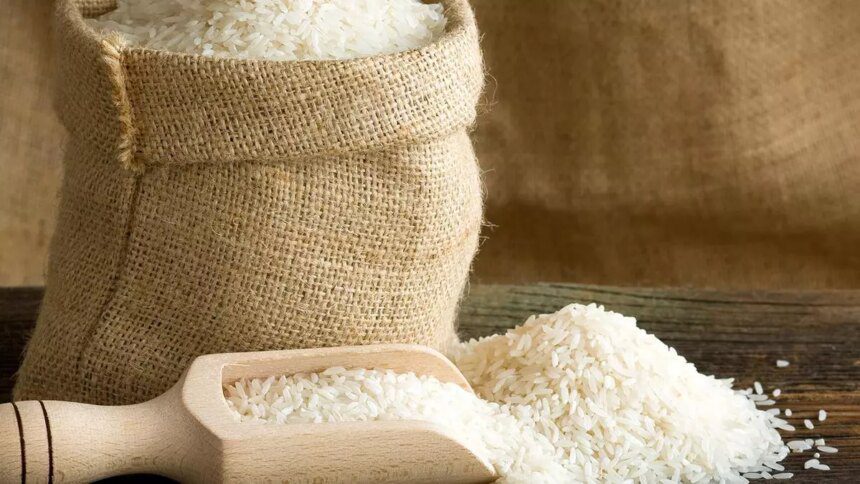Global Rice Market Trends: Prices Drop Over 5% on Slack Demand and Ample Supplies
In recent weeks, the global rice market has seen a significant drop in prices, with a decrease of over five per cent. This decline can be attributed to a combination of factors, including slack demand and good production leading to ample supplies.
One of the key reasons for the drop in rice prices is the higher production levels globally. For example, the price of Sona Masuri rice from Chennai has dropped from ₹62 to around ₹42 per kg in early December. Similarly, compliant Sona Masuri rice for the European Union market is now priced at ₹52-54 per kg.
Export orders to Sri Lanka have dwindled due to the government’s price cap on rice, discouraging imports. In Malaysia, importers are negotiating for lower prices, but exporters are reluctant to accept lower quotes due to rising freight charges.
While rice prices in countries like Vietnam and Thailand have seen a significant drop, Indian prices have remained relatively stable. The strong dollar has resulted in better realizations in local currencies, leading to lower demand for Indian rice.
The global rice market is currently facing an oversupply situation, putting pressure on Indian exporters to compete in the international market. This is a stark contrast to the situation a year ago when prices were on the rise.
According to industry reports, Thailand’s 5 per cent broken white rice is currently quoted at $494 per tonne, while India is quoting $447-451, Pakistan $449-553, and Vietnam $460-464 for the same variety. India holds an edge in the parboiled rice sector, with prices ranging from $440-444 per tonne.
The Food and Agriculture Organization (FAO) has noted a decline in export prices of Indica rice from major origins due to slowed sales and stiff competition in the market. Currency depreciation against the dollar has also contributed to the downward trend in prices.
In conclusion, the global rice market is currently experiencing a period of oversupply, leading to a drop in prices. While this presents challenges for exporters, it also offers opportunities to tap into new markets and explore different pricing strategies to remain competitive in the evolving landscape of the rice industry.









